Lecture notes for Friday, January 20, 2017
Embryology of Frogs and Salamanders

Frogs and salamanders are both amphibians, and have similar embryos.
From the late 1800s until after the mid-1900s, most of the best embryological research was done using salamander & frog eggs.
Tissue culture was invented using cells from frog embryos, and clotted frog lymph as the substratum.
Advantages:
-
1) Large size of embryos (several millimeters in diameter)
2) Tolerate surgery very well (although large cells are very fragile)
(Early salamander embryos repair wounds in minutes or hours.)
Just keep the embryos is a very dilute salt (saline) solution, and you can tear loose organs and just squeeze them next to another area where you have removed the skin, and they quickly seal into position. Thousands of research papers have been published on such experiments.
The core of what we know, or think we know, about mechanisms of development is extrapolated from surgical research on amphibian eggs.
The kinds used most have been Xenopus (an African frog), and Amblystoma (includes the Spotted Salamanders of the eastern US) and also includes Axolotls (a semi-extinct Mexican Amblystoma) and also several kinds of Newts (a sub-group of salamanders)
Hans Spemann and Hilde Prösholdt discovered embryonic induction of the neural tube by notochord mesoderm, using tissues from 2 newt species. (Spemann won a Nobel Prize specifically for discovering embryonic induction)
When signals from one part of an embryo stimulate differentiation of nearby cells into some different cell type than they otherwise would have become, this is called "Embryonic Induction"
More text will probably be added here later.
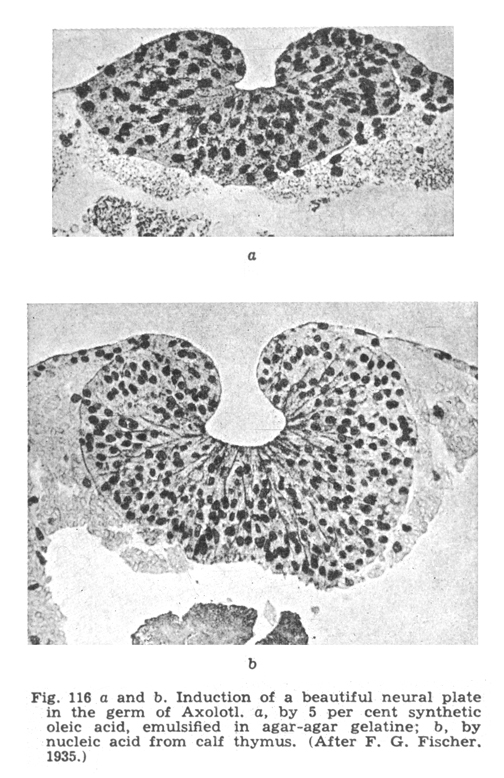
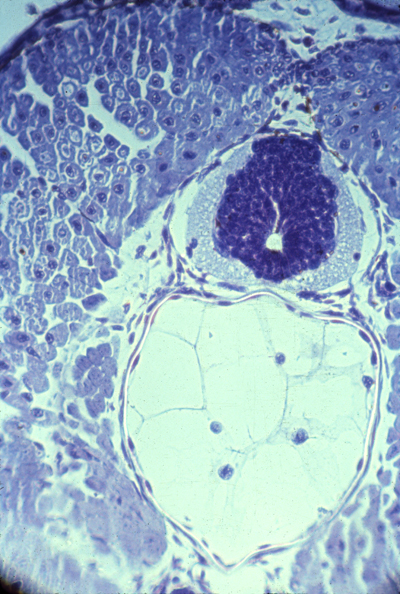
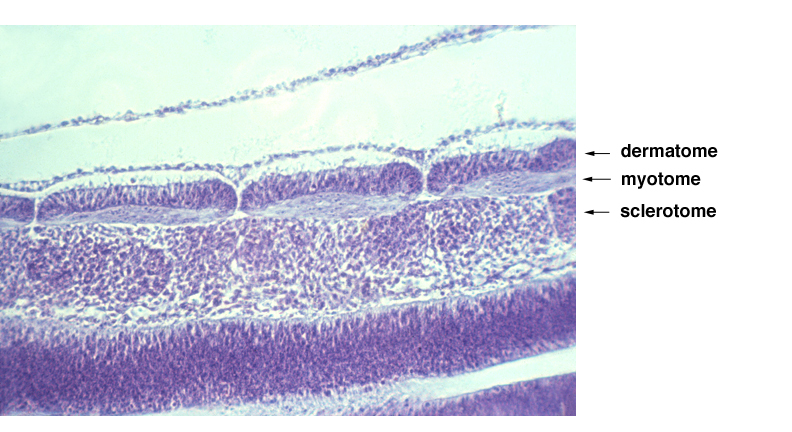
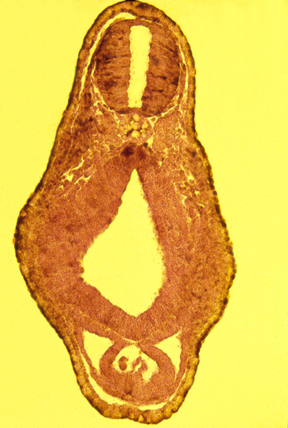
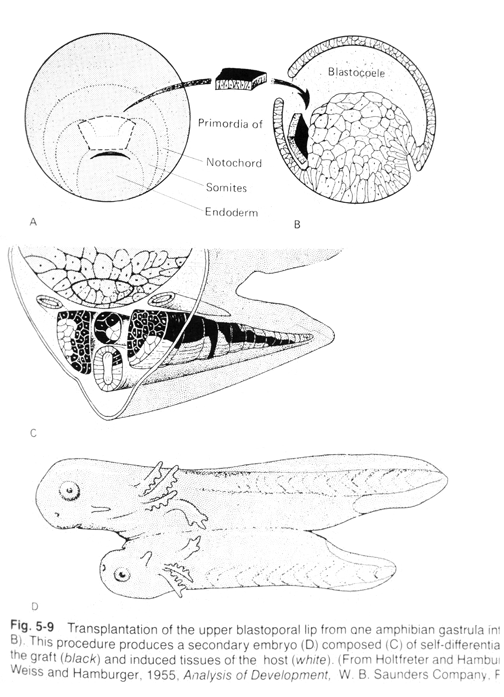
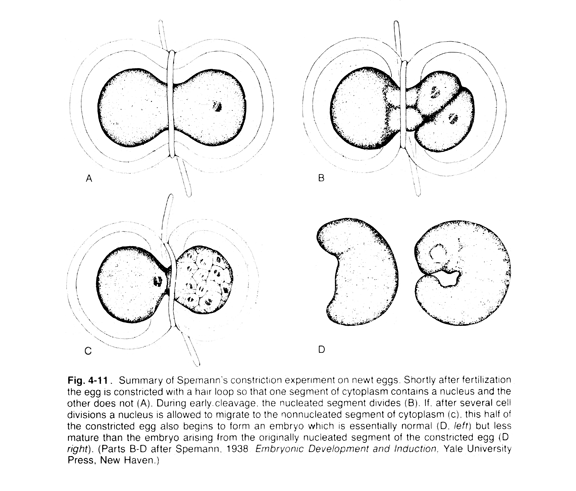
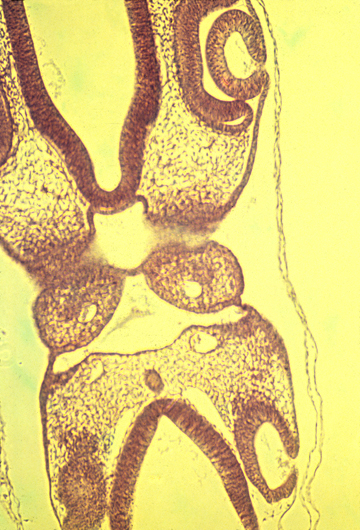
-------------------------------------------------------
Links to videos:
-------------------------------------------------------